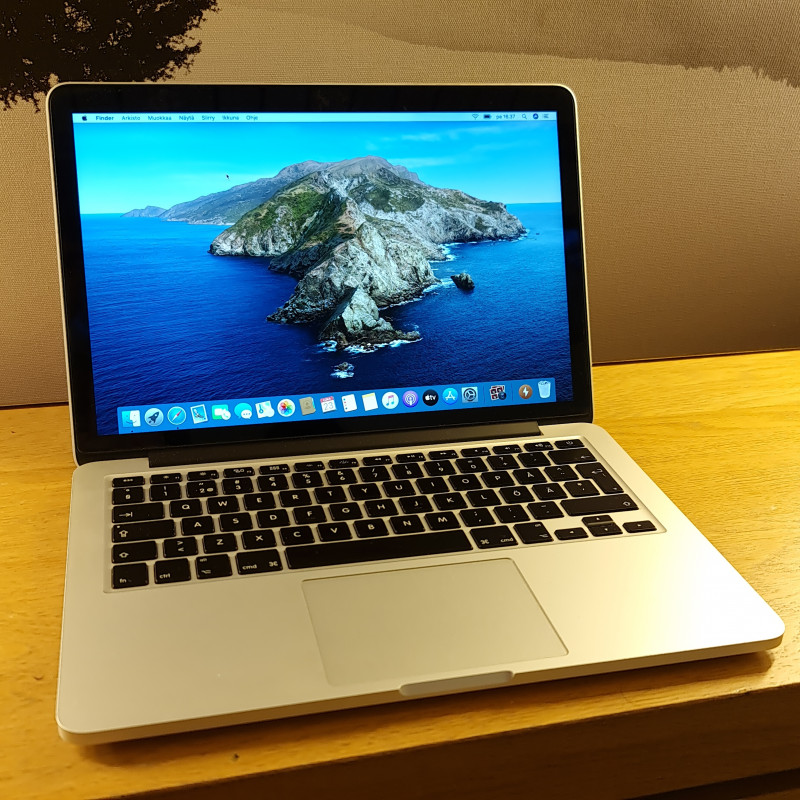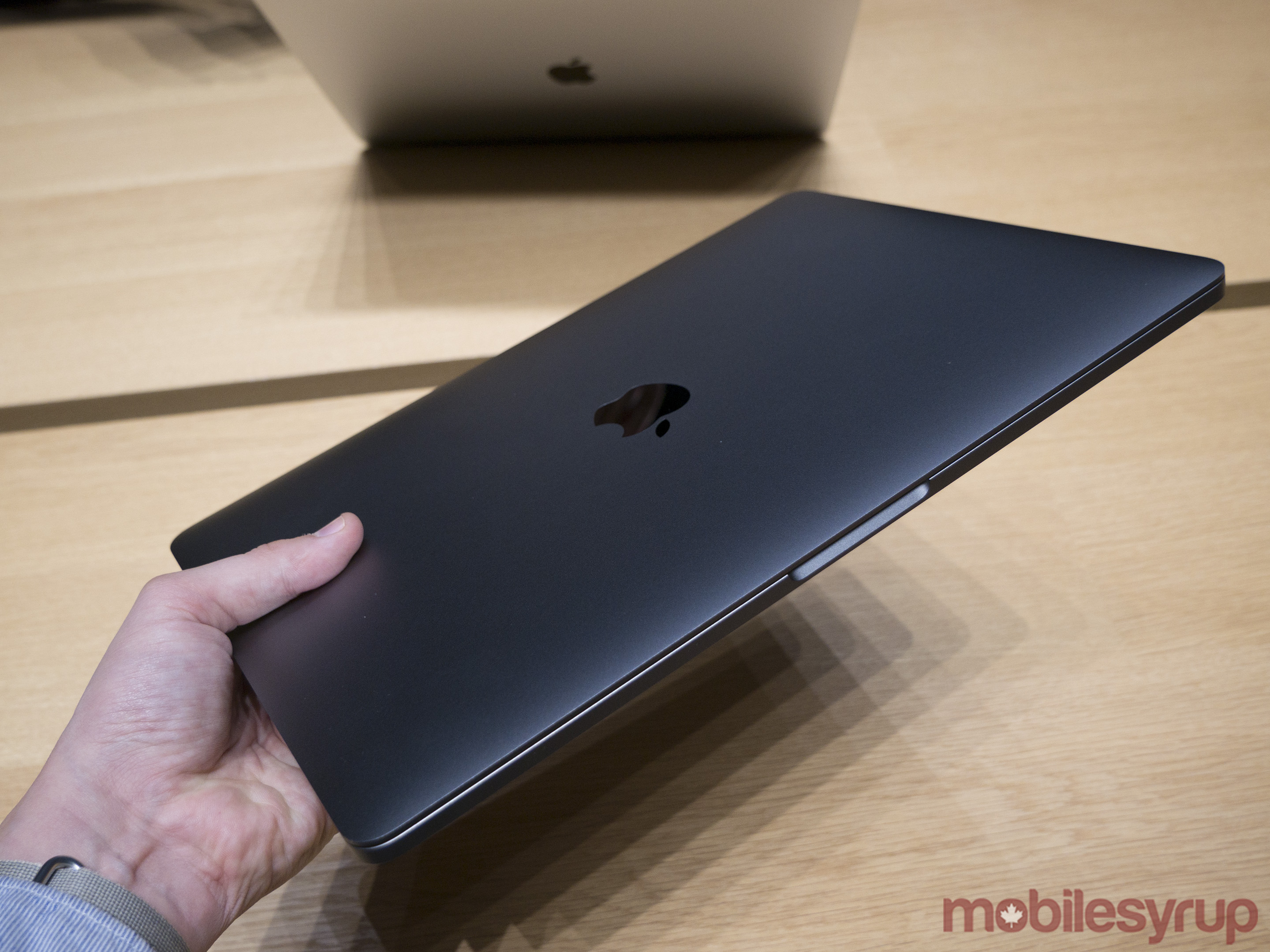

Third, if you often don’t do tasks where billions of processes per second matter (e.g. Second, putting the max GHz processor in your Mac would be more taxing on your battery and in some cases could even lead to overheating. So why not always get the highest number possible? Well, first, it’s the cost: in general, you pay more for a processor with more GHz. Naturally, the higher the number the more operations your Mac can complete. All the contemporary CPUs are so fast that they are measured in gigahertz (GHz), or billions of cycles per second.

In general, hertz (Hz) is a measurement of frequency or, as often defined, cycles (of something) per second. It denotes your processor’s generation.Īfter you’ve finally found out the exact specs of your Mac’s CPU, let’s break it down into specific details to be able to conduct a proper processor speed comparison. Open Terminal from your Utilities folder in Applications.There’s a special trick you need to know to find it: You might also notice that the generation of your processor is not specified. Now you can see that your MacBook could be running on a dual-core 2.7 GHz Intel Core i5, for example. Make sure to have the Hardware tab open.Click the Apple logo in the menu bar ➙ About This Mac.Here’s how to find out your Mac’s processor specs: You might be even wondering, “What processor do I have?” Which processor is in your Mac right now?ĭepending on how old your Mac is, its processor could have a completely different performance compared to what’s available in the Apple Store today.

Let’s dive in each of those aspects in more detail and see how they compare to your current MacBook setup. To give you a real-life example, currently you can buy a 16-inch MacBook Pro with 2.4 GHz 8‑core 9th‑generation Intel Core i9 processor and Turbo Boost up to 5.0 GHz.


 0 kommentar(er)
0 kommentar(er)
